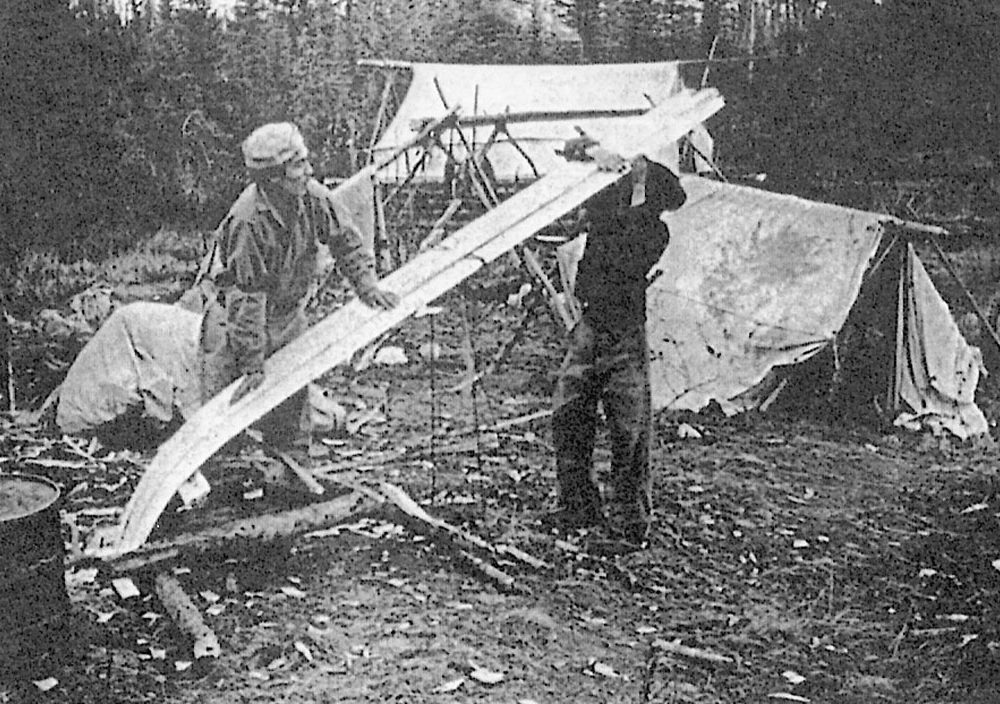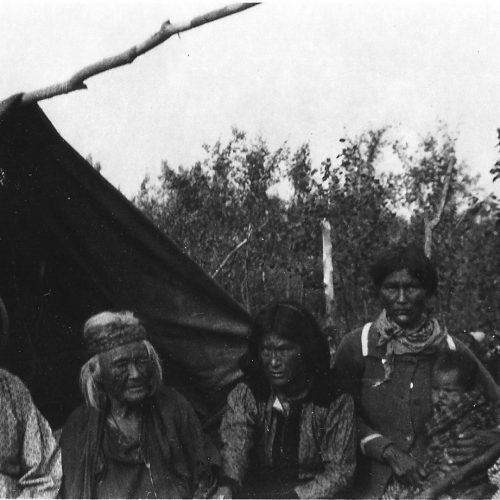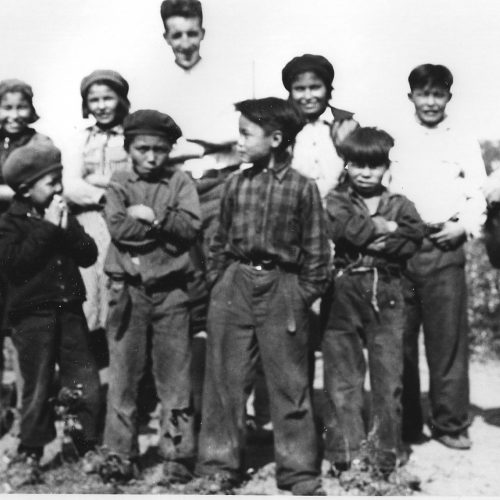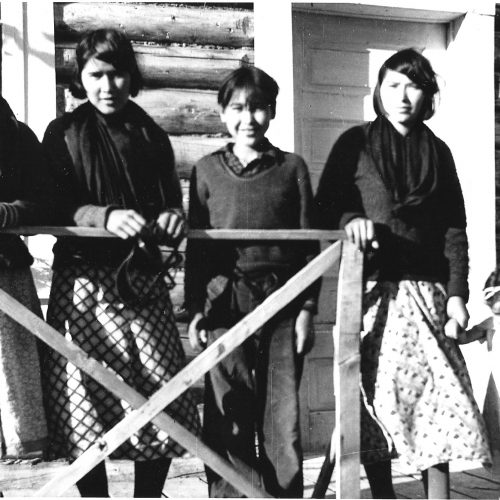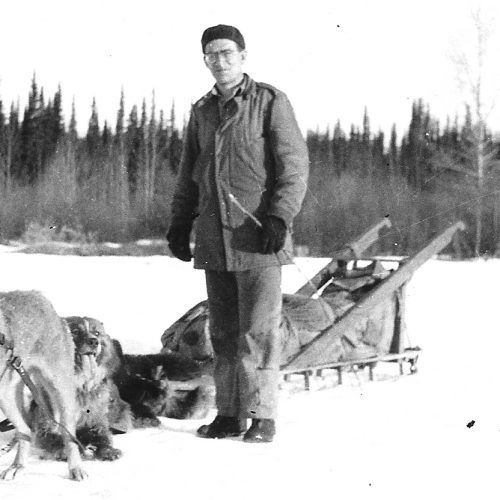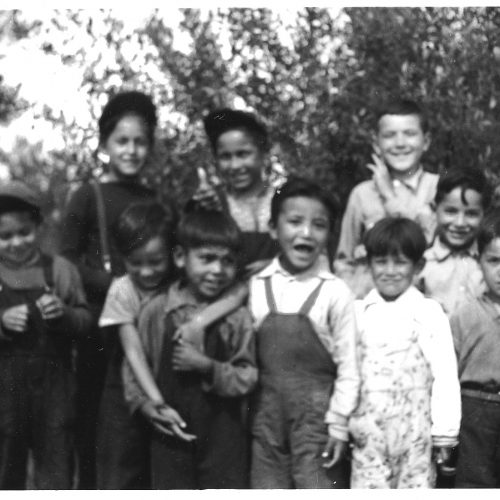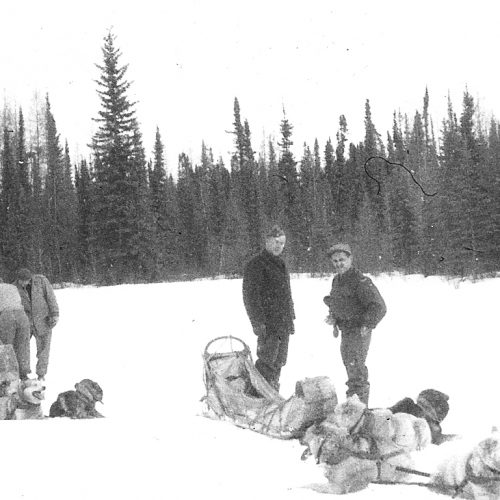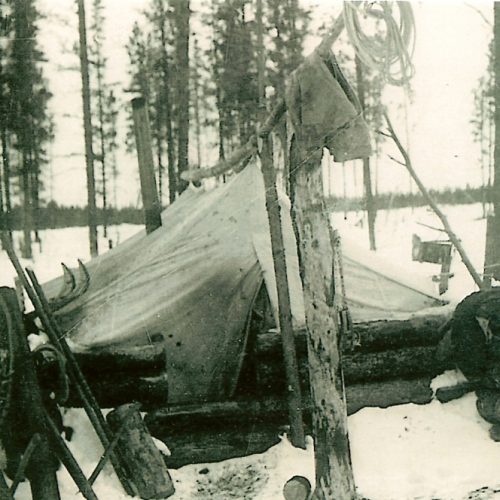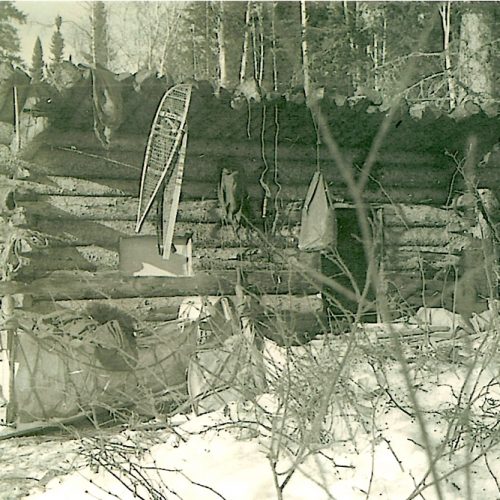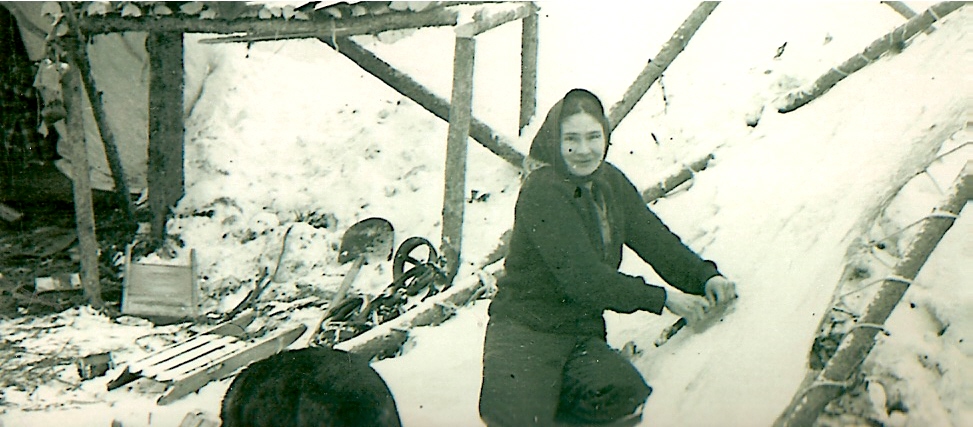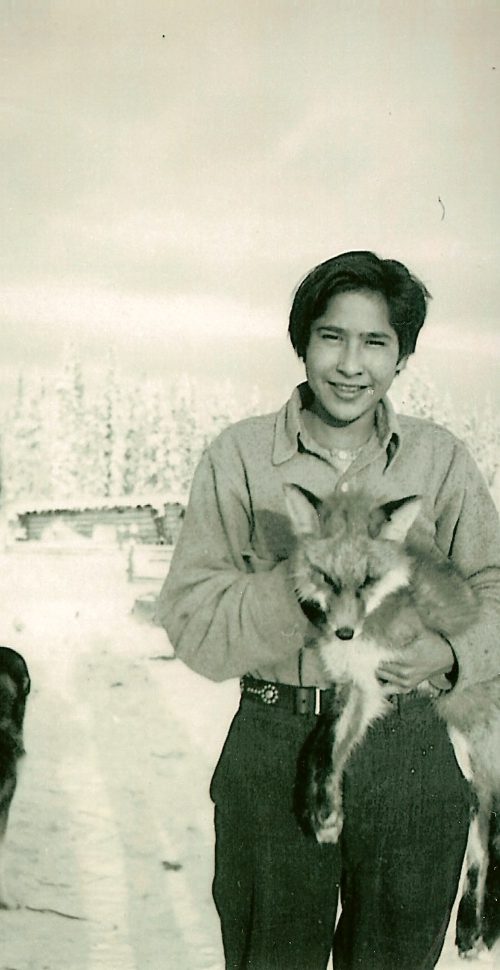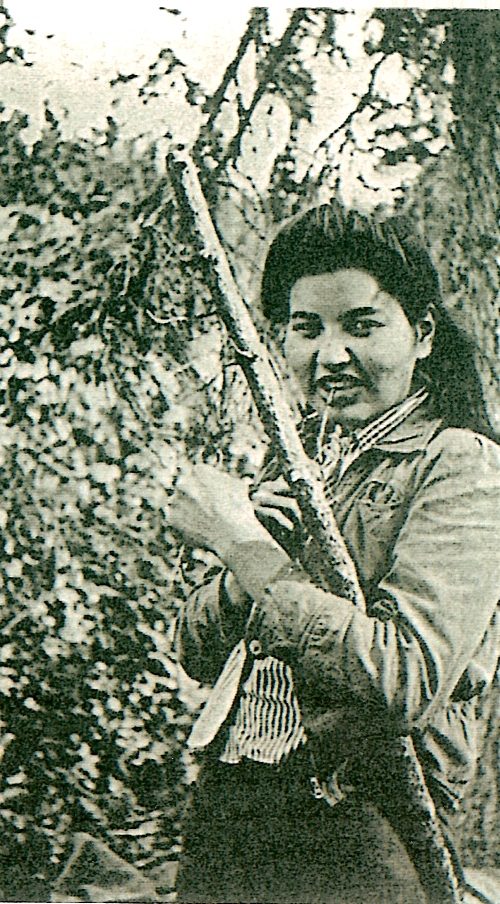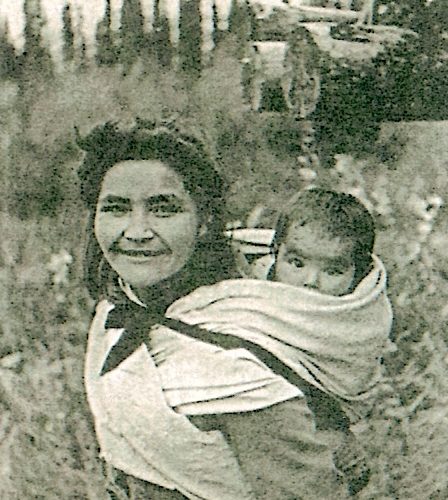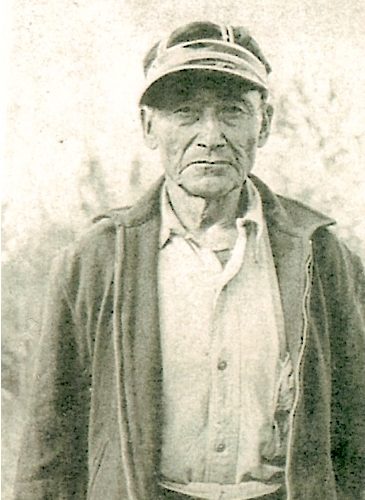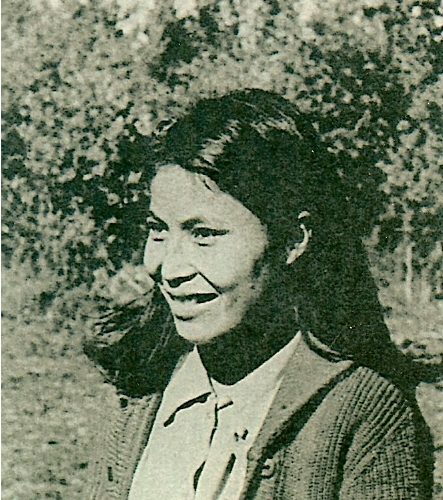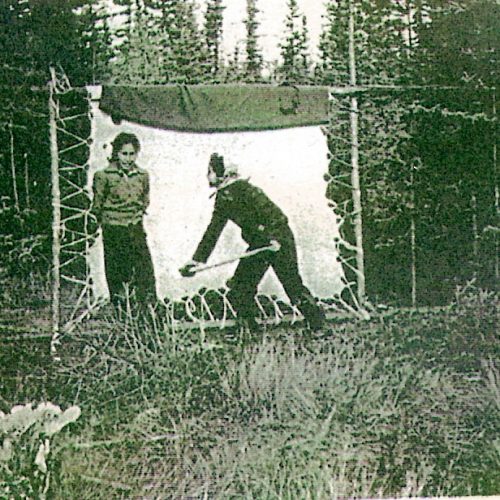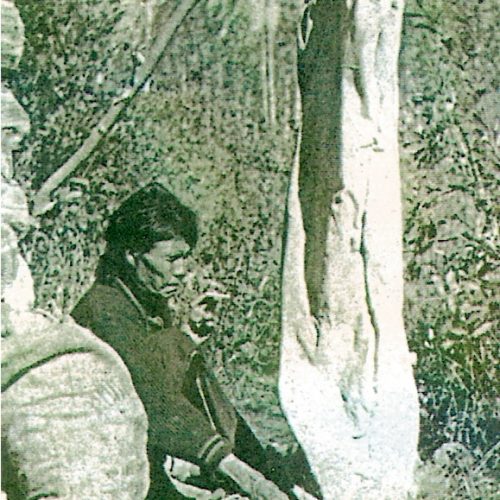Kaska Dena have existed from time immemorial and have occupied and used the lands, waters, and resources of our traditional territory throughout history. We share a common culture based on our clan system, a common language with distinct dialects, a common history tied to our stories, myths, the oral traditions of our elders, and our traditional laws.
Before Europeans arrived, we occupied and hunted in an area of approximately 240,000 km2 in parts of what today is know as Northwest Territories, Yukon, and British Columbia.
We are descendants of five groups of Kaska people:

